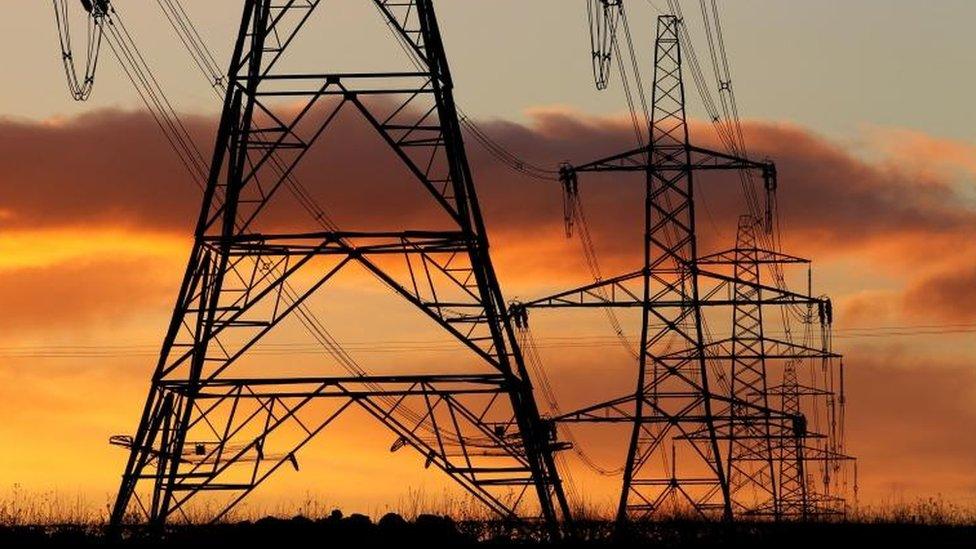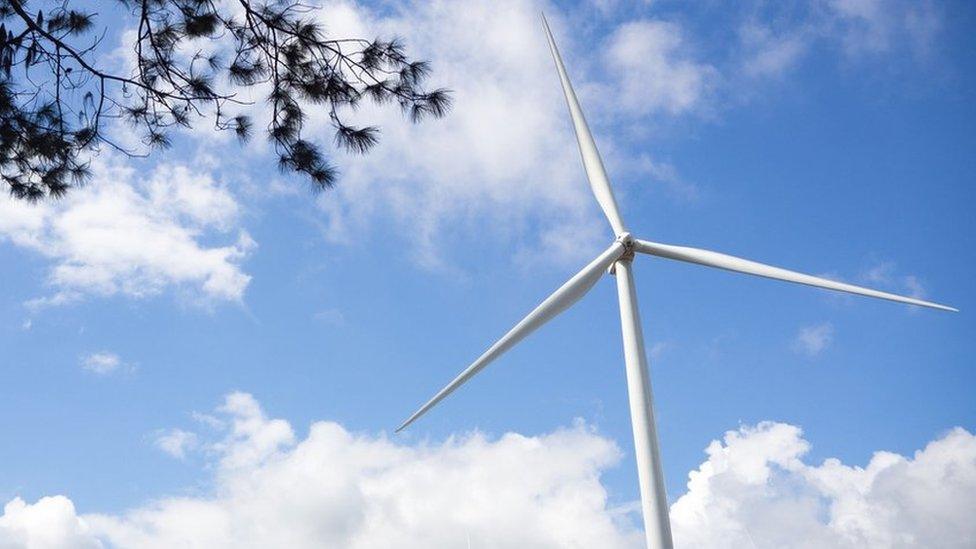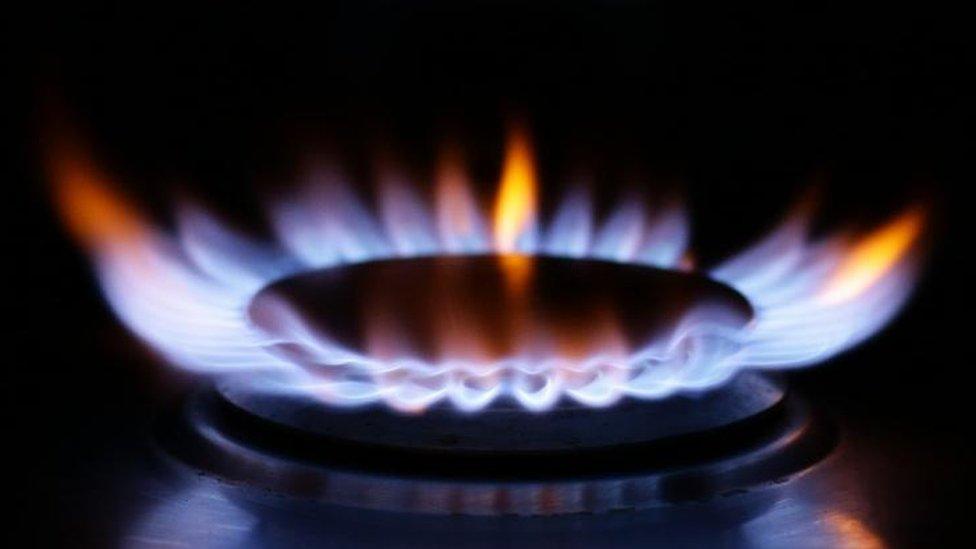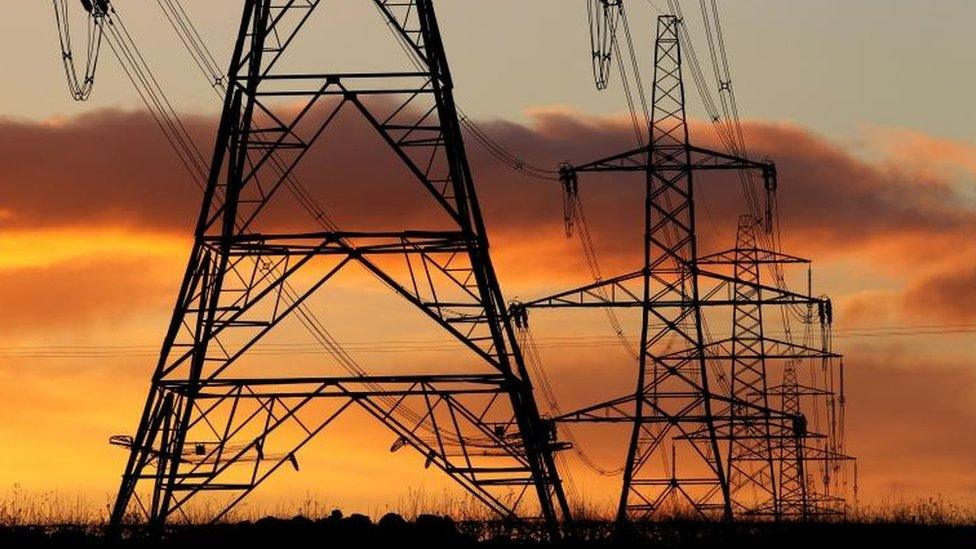'Challenging year' for Scottish Power
- Published

Scottish Power faced a "challenging year" in 2016, with a large exodus of customers switching to its rivals.
However, its full-year results showed pre-tax profit on its customer supply division moving back into a small profit.
On its networks business, providing the cabling for the grid, profit was down but still hit £473m (558m euros).
The firm reported losing about 160,000 customers in the 2016 calendar year, from 5.48 million to 5.32 million.
But it claimed to have clawed that back by offering attractive fixed price deals.
Scottish Power recently announced a price increase in standard tariffs of 7.8%.
It saw output of its renewable energy assets reduced by less windy weather.
Hydro generation also fell by 17%. There was a 23% increase in installed capacity for renewable power, reaching 2,000 megawatts.
Energy use among its customers was down 1.3%, due to warmer weather and increased efficiency measures. Gas demand from customers, in addition to its gas-burning power stations, was up 2.3%.
On its renewables business, pre-tax profit fell from 216 million euros to 103 million euros, with revenue down from 798 million euros to 423 million.

Scottish Power's onshore renewables projects for 2016-17 include construction of eight wind farms
On generation and supply, it moved from a 283 million euro loss to a 16 million euro pre-tax profit, although revenue was down from 7.56 billion euros to 5.47 billion. In March last year, it closed its large coal-burning power plant at Longannet in Fife.
Revenue from its networks division for the UK fell from 1.53 billion euros to 1.32 billion euros, with pre-tax profit down from 681 million euros to 558 million euros.
During last year, Scottish Power placed investment contracts worth £3bn for renewable energy, smart meters and improving power lines across Scotland, Merseyside and North Wales.
This year the company, working with National Grid, is due to complete the Western Link - a subsea cable that links Hunterston in Ayrshire with North Wales.
That has the capacity to transmit 2,200 megawatts of power in either direction - close to the output capacity of Longannet.
It is to continue work on a 102-turbine wind array off the East Anglia coast, with work on the subsea cabling and onshore substation.
Its 2016-17 onshore renewables projects comprise construction of eight wind farms, with capacity of just under 500 megawatts.
Smart meters
In common with other energy utilities, Scottish Power has been told to install smart meters with its customers by 2020. It announced it has installed 240,000 so far, with an average of 2,500 more each day this year, employing 500 installation technicians.
The company is currently moving staff into its 14-storey headquarters in central Glasgow, which serves also as global headquarters for Iberdrola's offshore wind operations.
Keith Anderson, chief corporate officer of Scottish Power, said 2016 was "a challenging year".
He said: "Even amidst future uncertainties in global markets, we can continue to deliver on our planned investment programme, so long as stable regulatory frameworks remain in place".
Spanish parent group Iberdrola saw earnings (before interest, tax and depreciation) rise by 5.5% to 7.8 billion euros (£6.6bn).
- Published10 February 2017

- Published10 February 2017

- Published19 January 2017
